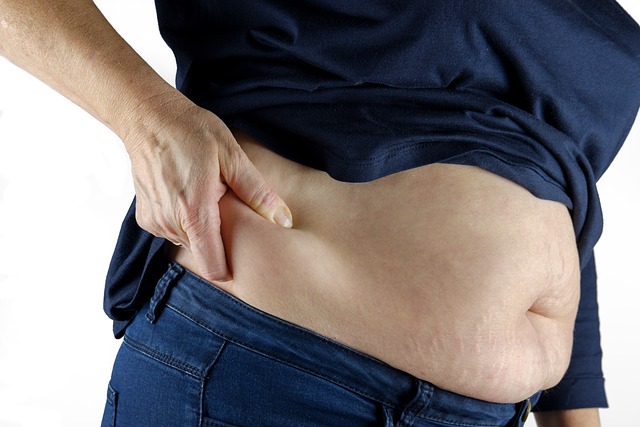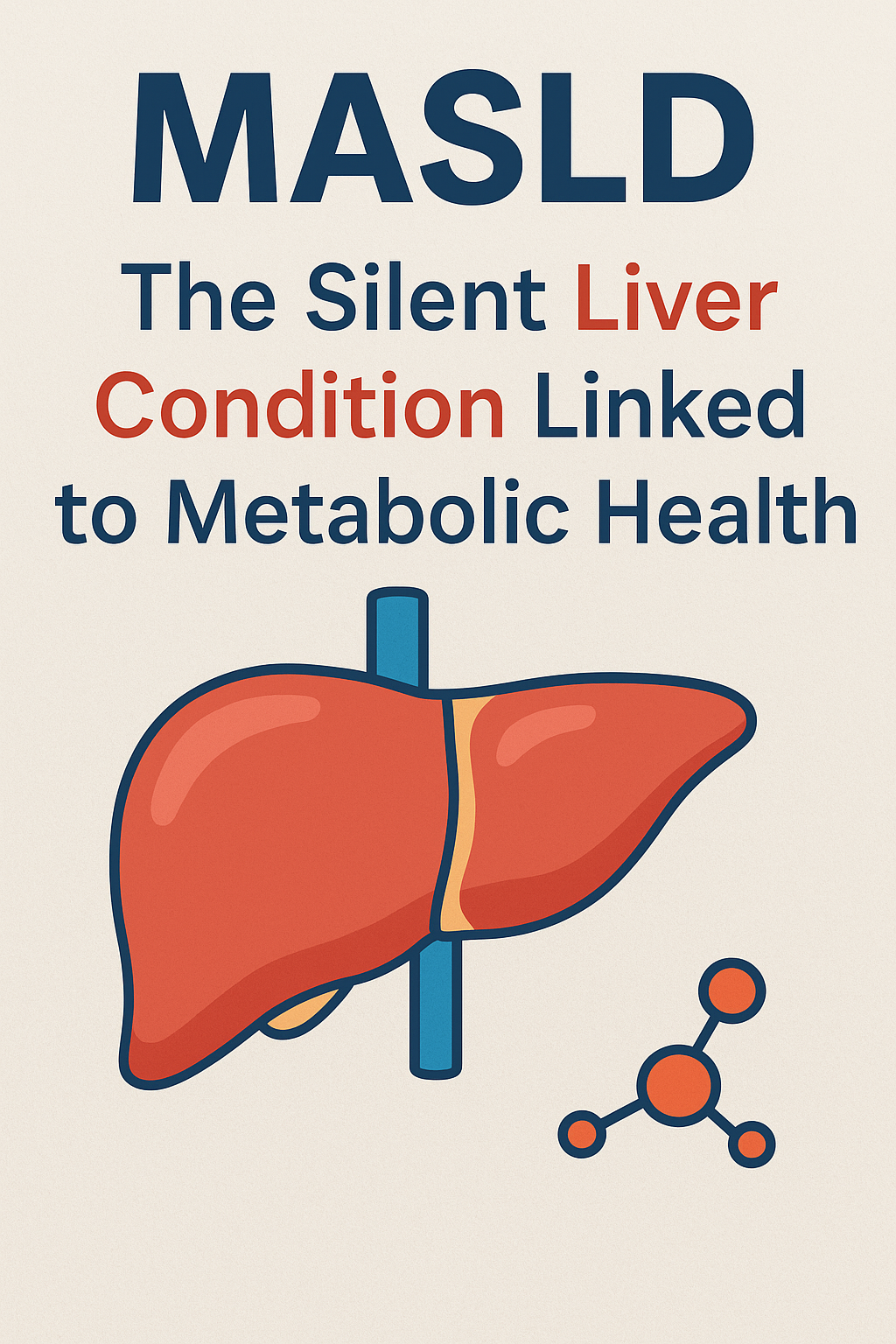FUPA, or Fat Upper Pubic Area, is a term that’s gained popularity in recent years to describe the layer of fat that can accumulate just above the pubic bone and below the belly button. For many individuals, particularly after significant weight loss, pregnancy, or hormonal changes, this area may hold onto excess fat, leading to self-consciousness or body image concerns. But is FUPA truly something that should hold you back from living your best life? Let’s explore the facts, the potential impact of FUPA on your physical and emotional well-being, and strategies for feeling empowered, no matter where you’re at on your body journey.
What Is FUPA?
FUPA refers to the fatty tissue that accumulates in the lower abdominal area, usually above the pubic region. It can be caused by a variety of factors, such as:
- Weight Gain: Accumulation of fat in certain areas of the body.
- Pregnancy: The abdominal area stretches and may leave behind excess skin or fat.
- Hormonal Imbalances: Changes in hormones can lead to fat retention in the lower belly.
- Aging: As we age, our metabolism slows down, and fat distribution in the body can change.
- Genetics: Some individuals are naturally predisposed to store fat in the lower abdominal area.
While FUPA is a common and natural occurrence for many, it’s not always something people feel comfortable with. Unfortunately, the stigma around body image, especially when it comes to areas like the lower belly, can make individuals feel self-conscious. The good news is that FUPA doesn’t have to hold you back from feeling confident, active, or healthy.
How Does FUPA Impact Your Life?
For many people, FUPA can become more than just a physical feature; it can start to influence how they feel about themselves. Let’s examine how FUPA can affect both your physical health and emotional well-being.
1. Physical Impact
While FUPA itself is typically not a health risk, it may still have some impact on physical comfort and wellness:
- Posture: Extra weight around the abdominal area can sometimes affect posture, leading to back discomfort or muscle imbalances.
- Exercise: If you feel self-conscious about your body, it may affect your motivation to engage in physical activities like exercise or swimming.
- Clothing Fit: It might make it more difficult to find clothes that fit comfortably, especially in the lower abdomen area. This can impact confidence in choosing outfits.
2. Emotional and Mental Health
FUPA can also have an emotional toll, especially in a society where certain body types are idealized. Common emotional impacts include:
- Self-Consciousness: People with FUPA may feel embarrassed about their body, which can lead to avoiding certain activities like beach trips or wearing certain clothes.
- Body Image Issues: Over time, an individual might start to feel disconnected from their body or develop negative body image issues due to perceived flaws.
- Low Confidence: The constant concern over how your body looks may lead to a lack of confidence in social settings or professional environments.
The key point here is that FUPA does not define you. It’s just a small part of your body and doesn’t take away from your worth, beauty, or the amazing things you do every day.
Can You Reduce FUPA?
If you’re concerned about FUPA and would like to reduce it, there are several approaches you can take. Remember, no single strategy will work overnight, and it’s important to approach your body in a healthy, sustainable way.
1. Targeted Exercises
While spot reduction is generally considered a myth, strengthening your core and abdominal muscles can help improve the appearance of your lower belly. Some effective exercises to tone and tighten the area include:
- Planks: Great for engaging your entire core.
- Leg Raises: Focuses on the lower abdomen and strengthens muscles in the pelvic area.
- Bicycle Crunches: Targets the entire abdominal area and helps tone the muscles.
- Mountain Climbers: A full-body exercise that can help burn calories and target the core.
Incorporating full-body strength training and cardio exercises into your routine will also help you burn fat overall, which could reduce the appearance of FUPA.
2. Balanced Nutrition
What you eat plays a major role in managing body fat. A healthy, balanced diet can help reduce overall body fat, which may in turn reduce the size of your FUPA. Diet plays a bigger role (almost 80%) in reducing body fat as compared to exercise, as they say that you can never outrun a bad diet.
- Focus on Whole Foods: Include plenty of fruits, vegetables, lean proteins, and whole grains in your diet.
- Limit Processed Foods: Avoid processed foods high in sugars, unhealthy fats, and empty calories, as these can contribute to weight gain.
- Control Portion Sizes: Practice mindful eating and avoid overeating to maintain a healthy weight.
While spot reduction isn’t achievable, maintaining a caloric deficit (burning more calories than you consume) will gradually lead to fat loss throughout your entire body, including the lower belly.
3. Postpartum Recovery (for Moms)
For new mothers, FUPA often appears as a result of pregnancy, and the body needs time to recover and heal. It’s essential to be patient with yourself during this time.
- Breastfeeding: Breastfeeding can help with postpartum weight loss, as it burns extra calories and supports hormone regulation.
- Patience: The body requires time to return to its pre-pregnancy state, and everyone’s timeline is different.
- Postpartum Exercise: Once cleared by your doctor, gentle core exercises, pelvic floor exercises, and light cardio can help improve tone and strength in the abdominal area. Here’s a list of gentle postpartum exercises that can help improve tone and strength in the abdominal area, pelvic floor, and overall body, once cleared by your doctor:
- 1. Pelvic Floor Exercises (Kegels)
- Purpose: Strengthens the pelvic floor muscles, which support the bladder, uterus, and rectum.
- How to Do It:
- Find a comfortable position (sitting or lying down).
- Squeeze the muscles you would use to stop urinating and hold for 3-5 seconds.
- Relax and repeat 10-15 times.
- Do 3 sets per day.
- 2. Pelvic Tilts
- Purpose: Helps to strengthen the lower back, abdomen, and pelvic floor muscles while improving posture.
- How to Do It:
- Lie on your back with knees bent and feet flat on the floor.
- Tighten your abdominal muscles and push your lower back into the floor, tilting your pelvis upward.
- Hold for 5-10 seconds and then relax.
- Repeat 10-15 times.
- 3. Cat-Cow Stretch
- Purpose: Improves flexibility in the spine and helps relieve tension in the back while engaging the core.
- How to Do It:
- Start on your hands and knees with wrists aligned under shoulders and knees under hips.
- Inhale, arch your back, and look up (Cow position).
- Exhale, round your spine, and tuck your chin (Cat position).
- Repeat 10-12 times, flowing slowly between positions.
- 4. Bird-Dog
- Purpose: Strengthens the core, lower back, and pelvic floor muscles.
- How to Do It:
- Begin on your hands and knees.
- Extend your right arm straight out in front of you while simultaneously extending your left leg behind you.
- Hold for 3-5 seconds and then return to the starting position.
- Alternate sides and repeat 10-12 times.
- 5. Modified Plank
- Purpose: Engages the core and helps build strength in the abdomen and back.
- How to Do It:
- Begin on your hands and knees with wrists directly under shoulders and knees under hips.
- Slowly extend one leg behind you, keeping the core engaged and body in a straight line.
- Hold for 10-20 seconds, then return to the starting position.
- Repeat on both sides, and gradually increase hold time.
- 6. Bridge
- Purpose: Targets the glutes, lower back, and core muscles, helping to strengthen the pelvic floor and abdominal area.
- How to Do It:
- Lie on your back with your knees bent and feet flat on the floor.
- Tighten your glutes and core, then lift your hips toward the ceiling, keeping your back straight.
- Hold for 5 seconds, then slowly lower your hips back to the ground.
- Repeat 10-15 times.
- 7. Side-Lying Leg Lifts
- Purpose: Strengthens the obliques, hips, and pelvic area, promoting better core stability.
- How to Do It:
- Lie on your side with your legs straight and stacked on top of each other.
- Slowly raise your top leg towards the ceiling, keeping it straight.
- Lower it back down slowly.
- Repeat 10-15 times on each side.
- 8. Standing Marches
- Purpose: Light cardio exercise to improve cardiovascular health while engaging the core.
- How to Do It:
- Stand tall with feet hip-width apart.
- March in place by lifting one knee toward your chest at a time.
- Engage your core and keep your posture upright.
- Continue marching for 2-3 minutes at a steady pace.
- 9. Squats
- Purpose: Builds strength in the lower body, engages the core, and helps improve pelvic floor muscle function.
- How to Do It:
- Stand with feet shoulder-width apart.
- Lower your body by bending your knees and pushing your hips back, keeping your chest lifted.
- Go as low as comfortable, then return to standing.
- Repeat 10-15 times.
- 10. Walking
- Purpose: Low-impact cardiovascular exercise that boosts overall fitness and helps maintain pelvic health.
4. Cosmetic Procedures
In some cases, individuals may choose cosmetic procedures to address FUPA, particularly if it is accompanied by excess skin. Some options include:
- Liposuction: A cosmetic procedure that removes excess fat, though it comes with its own set of risks and costs.
- Tummy Tucks (Abdominoplasty): A more invasive surgery that can remove excess skin and fat. This procedure is more common for those who have experienced significant weight loss.
Cosmetic surgery should always be a well-thought-out decision and discussed with a licensed professional.
How to Reclaim Confidence with FUPA
Whether or not you want to take steps to reduce your FUPA, it’s essential to embrace body positivity and work on boosting your self-confidence. Here are some ways to shift your mindset:
1. Practice Self-Love
Self-love and acceptance are powerful tools for improving mental health and boosting confidence. Remember, no one is perfect, and every body is unique. Celebrate your body for what it is capable of rather than focusing solely on appearance.
2. Wear What Makes You Feel Good
Clothing should make you feel confident, comfortable, and happy. Choose styles that suit your body shape and make you feel amazing, whether it’s high-waisted jeans, flowy dresses, or tailored outfits. When you feel good in what you’re wearing, your confidence naturally shines through.
3. Shift Focus to What You Can Control
Rather than stressing over aspects of your body you can’t change overnight, focus on the things you can control—your health, fitness, and mindset. The more empowered you feel, the less power FUPA will have over you.
4. Surround Yourself with Positivity
Follow body-positive accounts on social media, engage in communities that support diverse body types, and seek out friends and mentors who uplift you. The more positive influences you surround yourself with, the better you’ll feel about your own body.
FUPA is a common and natural part of many people’s bodies, especially after pregnancy, weight gain, or aging. While it may affect how you feel about your appearance, it doesn’t have to hold you back. You are more than your body, and there’s no need to let FUPA prevent you from living a full and confident life. Whether you choose to make lifestyle changes, pursue fitness goals, or simply embrace and love your body as it is, the most important thing is to prioritize your well-being and self-acceptance. You deserve to feel confident, empowered, and beautiful (with or without FUPA and all).






